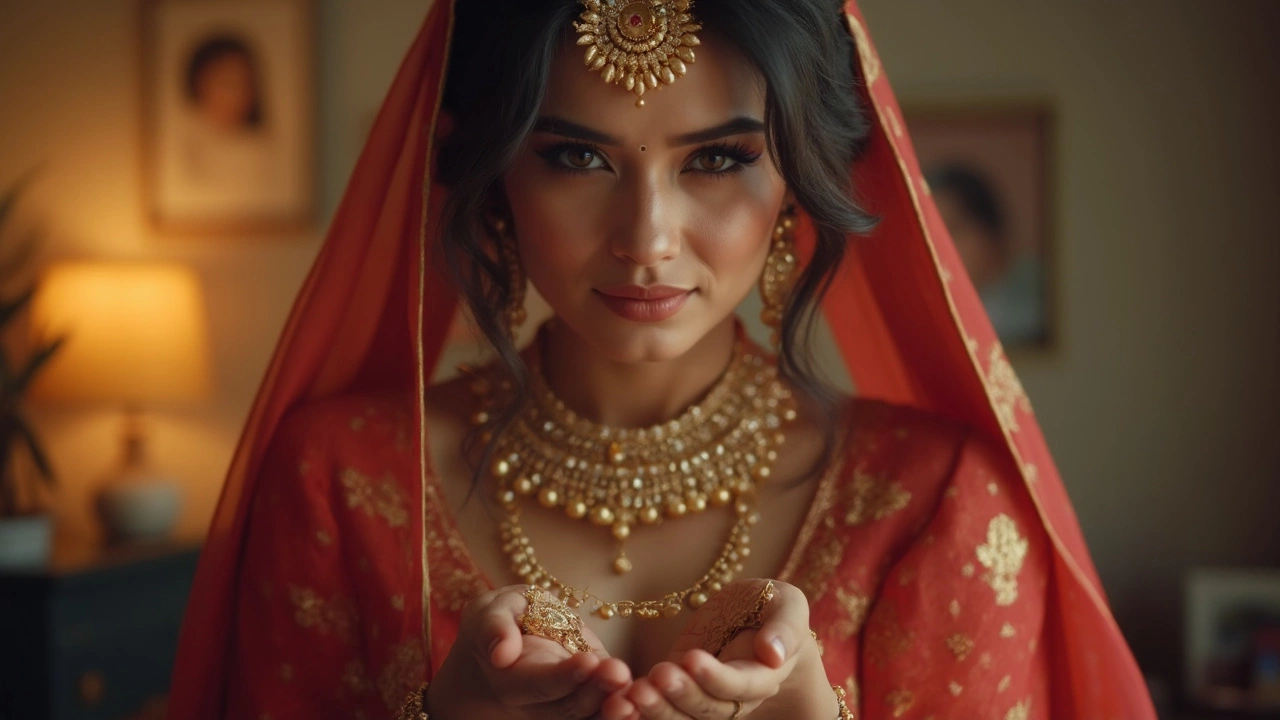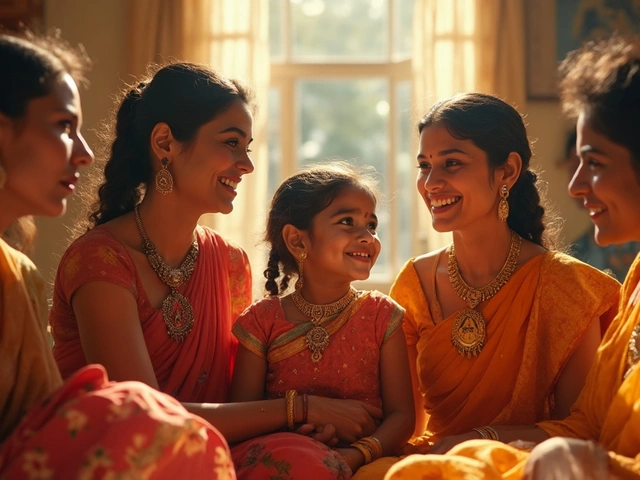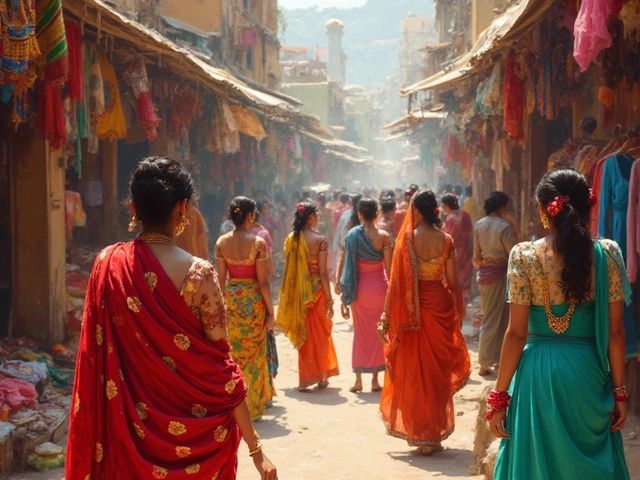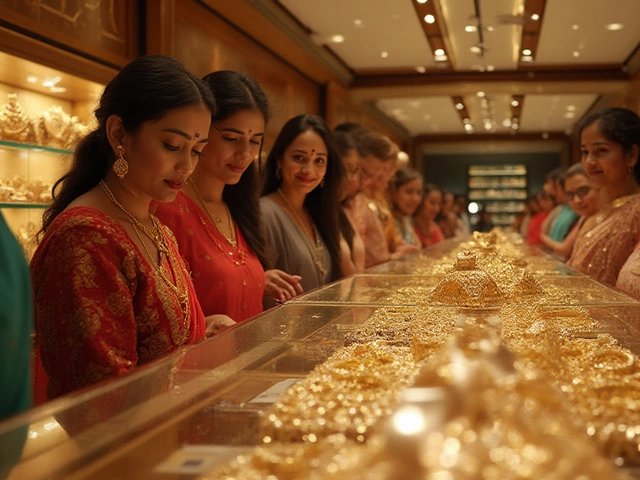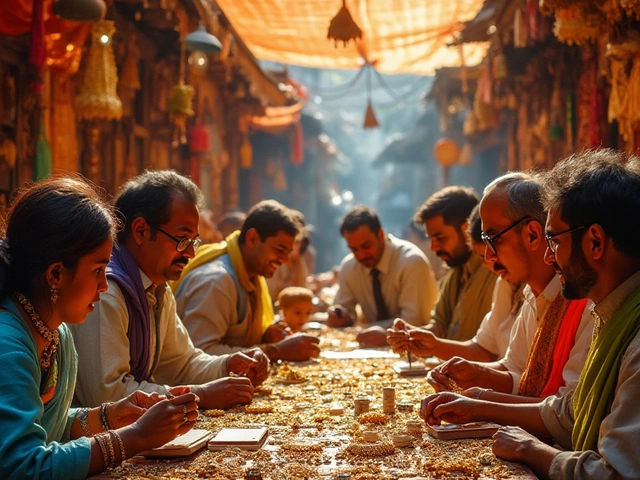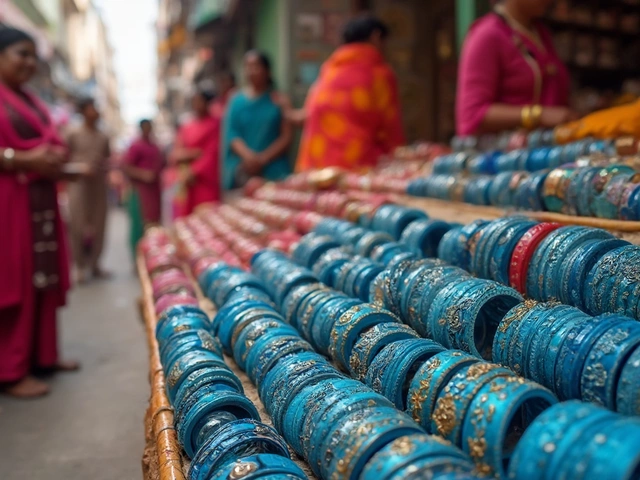Jewelry Meanings Explained – Your Quick Guide
Ever wondered what that little number on a gold ring means, or why black bangles are so popular? You’re not alone. People often pick jewelry based on looks alone, but understanding the hidden messages can make your choice more personal and smarter. This guide breaks down the most common symbols you’ll see on Indian jewelry, from hallmarks to cultural beads.
Common Hallmark Codes You’ll Spot
When you see 875 stamped on a piece, it’s a 21‑karat gold mark. The number tells you the purity – 875 means 87.5% pure gold, the rest is alloy for durability. In contrast, 833 means the item is made of 83.3% pure silver, often called “sterling‑like” silver. Knowing these codes helps you avoid cheap imitations and gauge price correctly.
Other hallmarks include the BIS (Bureau of Indian Standards) logo, which guarantees that the piece meets national quality rules. Look for the BIS star and a four‑digit year; it tells you when the item was certified. If the stamp is missing or looks off, ask the seller for proof before you pay.
Symbolic Pieces & Their Stories
Black bangles are more than a fashion statement. Traditionally, they symbolize protection and strong ties to the wearer’s cultural roots. In many families, a black bangle is given to a bride as a sign of good luck and to ward off the evil eye. Today, designers blend the classic meaning with modern metal finishes, so you can wear them with any outfit.
The mangalsutra also carries deep meaning. The black beads in the chain are believed to protect the marriage from negative energy, while the gold or diamond pendant represents the couple’s bond. Choosing a mangalsutra with a mix of gold and black beads lets you honor both tradition and personal style.
Nose studs and pins have their own cultural weight. In many Indian communities, a nose pin marks a rite of passage for a woman, linking her to heritage and sometimes indicating marital status. When picking a design, consider the shape of your face – a small, straight pin works for most, while a curved or decorative stud can add flair if you like a bolder look.
Even the colour you pair with gold matters. Warm hues like deep reds, burnt orange or rich maroon highlight gold’s glow, while cool blues and greens give a fresh contrast. Knowing these pairings helps you plan outfits that make your jewelry stand out without clashing.
Another frequent question is about the age of a piece. Generally, jewelry older than 100 years is called antique, but many collectors treat anything over 50 years as vintage. Antiques often feature hand‑crafted details and older hallmark styles, which can boost their resale value.
Finally, remember that meaning can be personal. If a piece reminds you of a special memory, that sentiment adds its own value, regardless of traditional symbolism. Use the facts above as a starting point, then let your own story guide the final choice.
By understanding hallmarks, cultural symbols, and colour pairings, you’ll feel confident picking jewelry that looks good and carries the meaning you want. Happy shopping!
What Does It Mean If Your Mangalsutra Breaks? Real Insights and Practical Tips
A broken mangalsutra can spark worry and curiosity—what does it really mean when this traditional thread snaps? This article breaks down the actual reasons behind it, from daily wear and tear to popular beliefs. You'll learn how to handle the situation, whether you need to be concerned, and get simple tips for repairing or replacing your mangalsutra. Plus, there's useful info on caring for different mangalsutra designs so you can keep yours safe and strong. Everything you need is here to put your mind at ease and keep your tradition going.
